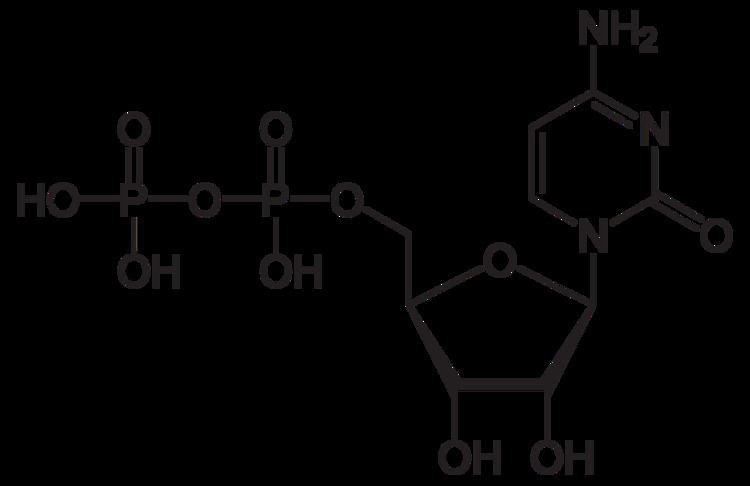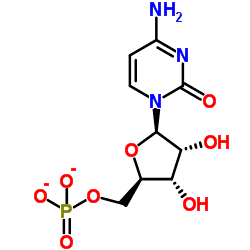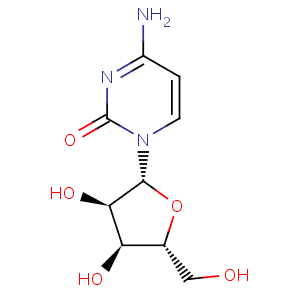Formula C9H13N3O5 | Molar mass 243.2166 g/mol | |
 | ||
Apobec3a is the primary mutagenic cytidine deaminase in human cancers
Cytidine is a nucleoside molecule that is formed when cytosine is attached to a ribose ring (also known as a ribofuranose) via a β-N1-glycosidic bond. Cytidine is a component of RNA.
Contents
- Apobec3a is the primary mutagenic cytidine deaminase in human cancers
- Medical vocabulary what does cytidine deaminase mean
- Cytidine analogues
- Biological actions
- References
If cytosine is attached to a deoxyribose ring, it is known as a deoxycytidine.
Medical vocabulary what does cytidine deaminase mean
Cytidine analogues
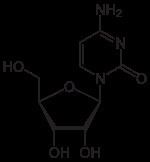
There are a variety of cytidine analogues with potentially useful pharmacology. For example, KP-1461 is an anti-HIV agent that works as a viral mutagen, and zebularine exists in E. coli and is being examined for chemotherapy. Low doses of azacitidine and its analog decitabine have shown results against cancer through epigenetic demethylation.
Biological actions
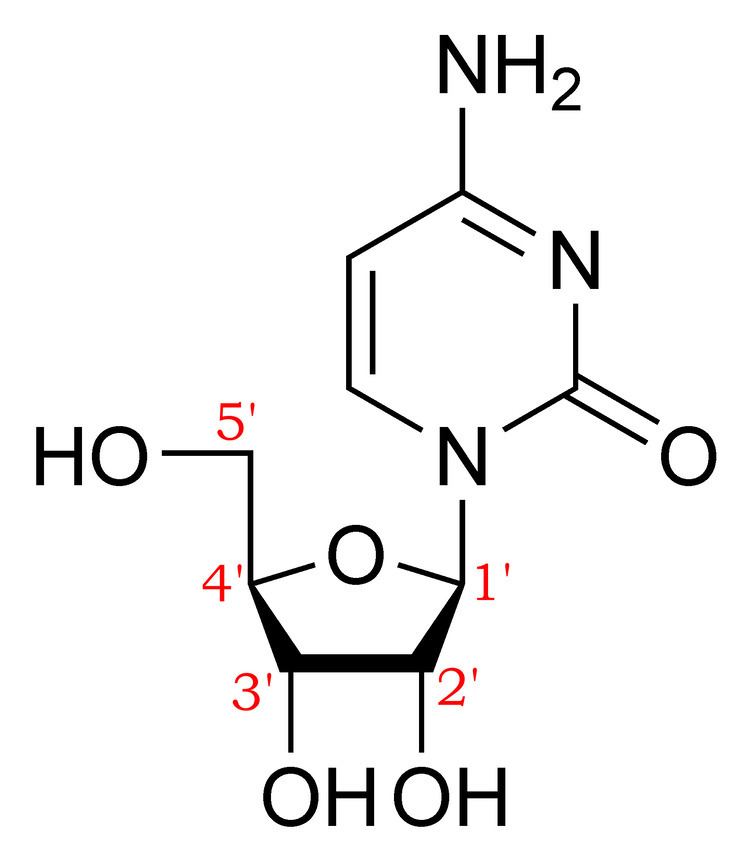
In addition to its role as a pyrimidine component of RNA, cytidine has been found to control neuronal-glial glutamate cycling, with supplementation decreasing midfrontal/cerebral glutamate/glutamine levels. As such, cytidine has generated interest as a potential glutamatergic antidepressant drug.
